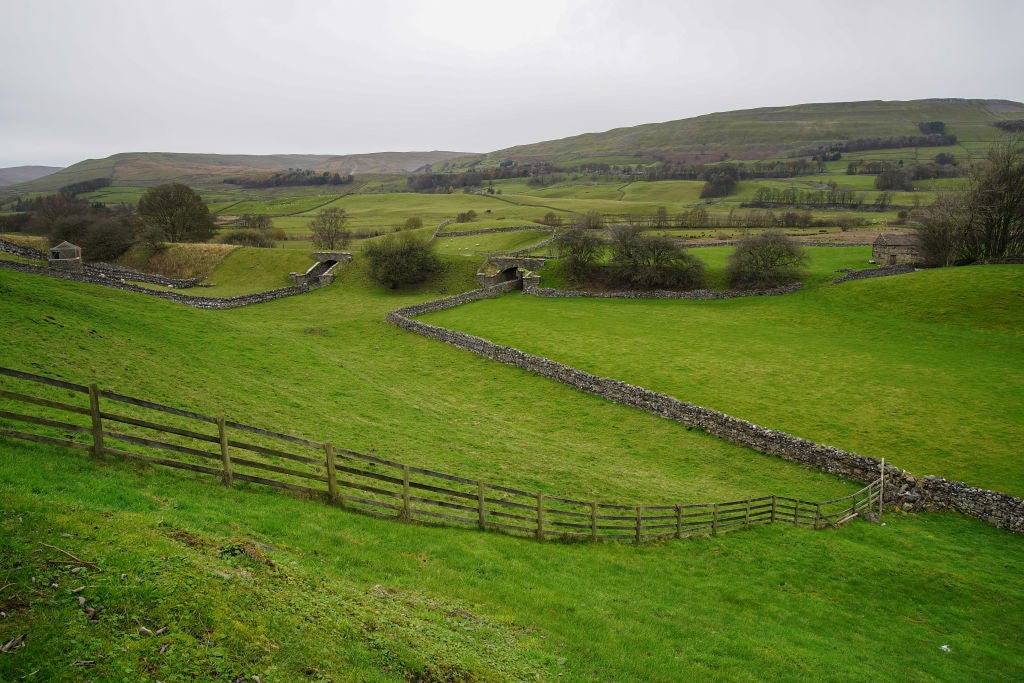To keep mountain memories fresh, we must keep moving forwards
In the last of his series of reflection on places and pathways, Will Gore glimpses a vision of the past on social media

Your support helps us to tell the story
From reproductive rights to climate change to Big Tech, The Independent is on the ground when the story is developing. Whether it's investigating the financials of Elon Musk's pro-Trump PAC or producing our latest documentary, 'The A Word', which shines a light on the American women fighting for reproductive rights, we know how important it is to parse out the facts from the messaging.
At such a critical moment in US history, we need reporters on the ground. Your donation allows us to keep sending journalists to speak to both sides of the story.
The Independent is trusted by Americans across the entire political spectrum. And unlike many other quality news outlets, we choose not to lock Americans out of our reporting and analysis with paywalls. We believe quality journalism should be available to everyone, paid for by those who can afford it.
Your support makes all the difference.It was Conistone Dib, a winding limestone gorge in the Yorkshire Dales, that got into my head.
For years, visions of the stony path twisting along the base of that miniature ravine would pop into my mind, seemingly an answer to my quest to find the perfect country pathway. And yet for such a long time I could not remember its location: I knew I had been there, but when, with who and for what reason I could not recall.
Eventually I found it, scouring maps of the Dales after a sudden flash of inspiration led me to conclude that it must have been somewhere near Kettlewell. It was the discovery of the Dib that led me to consider afresh why I was so obsessed with pathway perfection (and ultimately to this Tracking Back series).
Then again, for all the perfect pathways of the past, there will always be others waiting to be discovered in the future
Recently I had a sense of déjà vu, when I happened to see on Twitter a photograph of a mountain ridge. It was placed at the top of someone’s profile page, clearly an important image for them. And yet seeing it, I felt sure it was a place I too had walked. But where was it?
All I could be certain of was that it was in the Scottish Highlands. I had an inkling that I had been with my father and two of his friends at the time, which would have put it in the Kintail region. I rang my dad and asked if he remembered a long, narrow ridge, falling away steeply on both sides – as if that didn’t describe any number of Highland routes. He suggested the Five Siters of Kintail, but I was sure it was a different location.
Without question, the walk in my memory was a gorgeous one. The ascent of the ridge has been lost to the mists of time, but the ridge itself was a stunner – all the more so by virtue of being walked under clear skies. The drop to the right was more precipitous than the one on my left, but it was the kind of place you’d try to avoid in a gale, whichever direction it was blowing from.
In places, outcrops of rock forced the path to twist aside – or to cut between walls of ragged stone that appeared like crumbling buttresses. We used our hands to cling on.
The mountain with which the ridge ultimately collided was forbidding. There was no direct approach to the summit via this route – not for mere walkers anyway. We turned aside, making a long, graceful descent into a vast and surprisingly lush valley; the four of us strung out, at once together and alone – a common feeling in the mountains, however close you stay to your companions.
Was this the ridge I saw on Twitter? I could, I suppose, have contacted the person who had posted the picture to find out? I don’t know them well, but it would hardly be an impertinent question. And yet there is something peculiarly personal about our connections with well-loved places. We might like to enthuse about them to others, but do we really want always to share – or at least to be forced to consider whether our connection with a landscape is really unique? I felt it would somehow be an intrusion to demand the information.
Perhaps, instead, I should simply get out my maps and hunt the ridge down for myself – just as I did, eventually, with Conistone Dib. Or I could, dodgy knee permitting, head north ahead and retrace my steps.
Then again, for all the perfect pathways of the past, there will always be others waiting to be discovered in the future. And after all, it doesn’t do to dwell too much on what has gone before: who knows, the very best may yet be to come.



Join our commenting forum
Join thought-provoking conversations, follow other Independent readers and see their replies
Comments